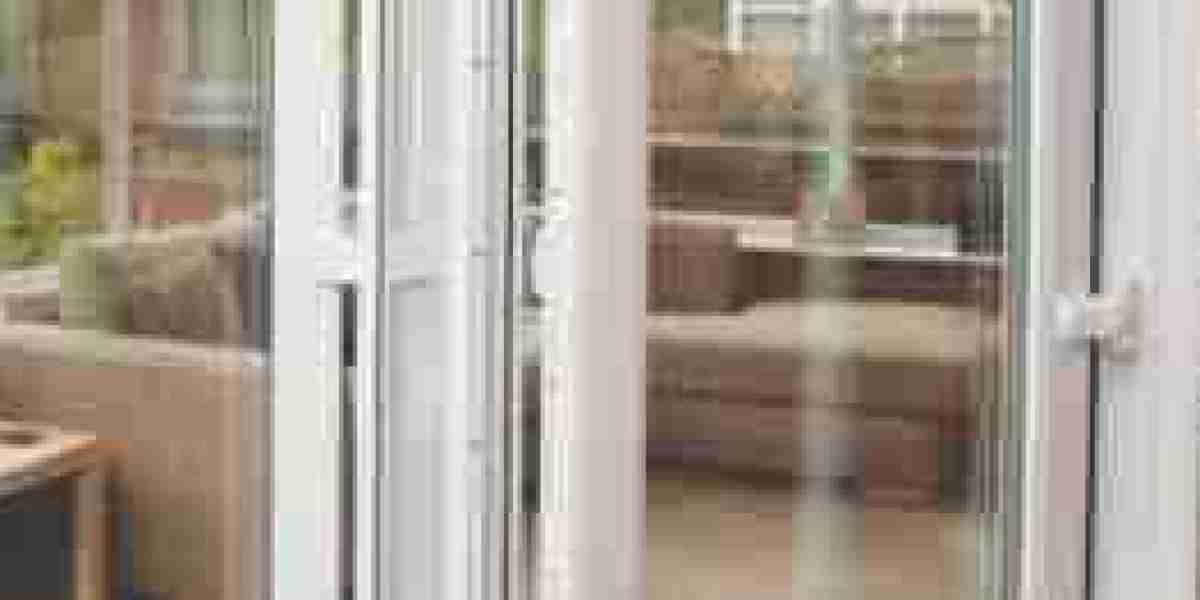Understanding Door Hinge Screws: Importance, Types, and Installation
When it pertains to the basic components of door hardware, door hinge screws play a crucial role that typically goes undetected. These little yet vital parts guarantee the smooth operation and security of doors, whether in property or industrial settings. In this short article, we will explore the various aspects of door hinge screws, including their types, products, installation processes, and responses to frequently asked questions.

What Are Door Hinge Screws?
Door hinge screws are specially designed screws that secure the hinges of doors to their frames and the door itself. They are important for preserving the professional door Hinge Repair's alignment, helping with simple opening and closing, and supplying stability. Selecting the right screws is vital, as the quality and kind of screws can affect the durability and performance of the door.
Types of Door Hinge Screws
Comprehending the numerous types of door hinge screws is necessary for choosing the appropriate fasteners for various applications. Here are the most common types:
1. Wood Screws
- Description: These screws are created for usage in wood frames and doors.
- Functions: Typically longer, with coarse threads to offer much better grip.
- Usage: Most typically utilized for domestic wooden doors.
2. Sheet Metal Screws
- Description: These screws have flat heads and are indicated for connecting hinges to metal surfaces.
- Features: They possess sharp threads to easily cut through sheets of metal.
- Usage: Ideal for doors with metal frames.
3. Maker Screws
- Description: These screws are frequently used in conjunction with nuts and bolts.
- Functions: They are precise in size and have even threads.
- Use: Commonly found in industrial settings.
4. Self-tapping Screws
- Description: These screws can develop their own threads when driven into materials.
- Functions: They are created for quick installation and need no pre-drilling.
- Use: Used for fast repairs or installations where time is of the essence.
5. Security Screws
- Description: These screws feature unique heads to prevent unauthorized removal.
- Functions: Available in different styles, including tamper-resistant styles.
- Use: Used in high-security applications to deter theft and vandalism.
Materials Used in Door Hinge Screws
The products utilized in the production of door hinge screws affect their sturdiness and performance. Common materials include:
- Steel: Offers strength and toughness. Often available with numerous coatings (e.g., zinc-plated) for rust resistance.
- Stainless-steel: Provides excellent resistance to rust and rust, making it ideal for outdoor or damp environments.
- Brass: Offers aesthetic appeal and rust resistance. Commonly used in ornamental applications.
- Aluminum: Lightweight and resistant to deterioration, though not as strong as steel screws.
| Material | Strength | Corrosion Resistance | Common Uses |
|---|---|---|---|
| Steel | High | Moderate | Standard wooden doors |
| Stainless-steel | High | Outstanding | Outdoor and high-moisture locations |
| Brass | Moderate | Good | Ornamental applications |
| Aluminum | Low | Good | Lightweight or temporary setups |
Installation Process for Door Hinge Screws
Setting up door hinge screws can be a straightforward job, however following particular steps makes sure the screws function correctly and the door operates efficiently. Here is a detailed guide:
Tools Required
- Screwdriver (matching the screw head)
- Drill (if essential)
- Measuring tape
- Level
- Safety goggles
Step-by-Step Guide
Preparation:
- Gather all tools and products.
- Remove the door if required for simpler access.
Align the Hinge:
- Position the depend upon the door.
- Utilize a level to guarantee it's straight.
Mark the Screw Holes:
- With a pencil, mark where the screws will go to make sure precise drilling.
Drill Pilot Holes:
- If utilizing wood screws, drill pilot holes to prevent the wood from splitting.
- For metal setups, use the suitable drill bit for steel or aluminum.
Place the Screws:
- Begin driving in the screws, starting with the leading screw and working your method down.
- Make sure not to overtighten, as this can strip the screws or harm the hinge.
Test the Door:
- Once all screws are in place, test the door's motion.
- Make changes if required.
Final Check:
- Ensure everything is safe and secure and appropriately lined up before utilizing the door regularly.
Frequently asked questions
Q1: How do I know which size hinge screws to utilize?
A1: The size mainly depends on the hinge and door thickness. The hinge product packaging usually specifies the needed screw size.
Q2: Can I utilize any type of screw for door hinges?
A2: It is necessary to utilize screws created for hinges as they offer the appropriate grip and threading required for stability.
Q3: How do I eliminate stripped screws?
A3: You can try utilizing elastic band for added grip or a screw extractor kit for more stubborn screws.
Q4: Can door hinge screws rust?
A4: Yes, however utilizing screws made from stainless-steel or coated screws can significantly minimize the possibility of rusting.
Q5: Is it essential to use pilot holes?
A5: While not constantly needed, pilot holes are recommended, particularly for wood, to prevent splitting and make sure smooth installation.
Door hinge screws are a small yet prominent part in the overall functionality of doors. Comprehending the types, materials, and installation procedures of these screws help in achieving much better durability and performance. By picking the right screws and following correct installation techniques, property owners and professionals can guarantee that their doors run smoothly and securely for many years to come.








